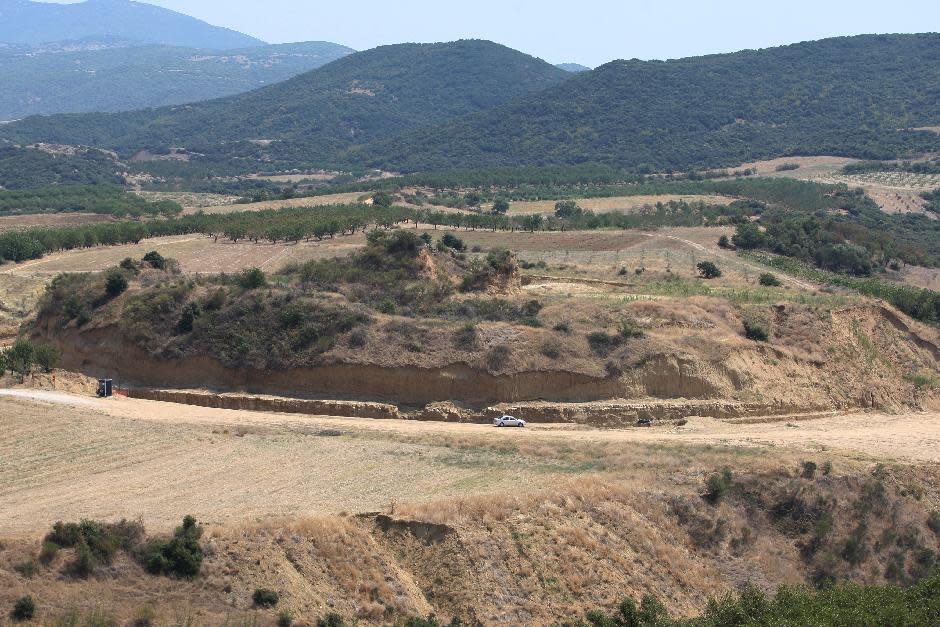You have undoubtedly heard the stories of the Norse raiders laying waster to parts of Northern Europe and keeping the inhabitants in fear. New research now shows that stories may in fact just be stories. As reported by National Geographic
Just how bad were the Vikings?
Winroth is among the scholars who believe the Vikings were
no more bloodthirsty than other warriors of the period. But they
suffered from bad public relations—in part because they attacked a
society more literate than their own, and therefore most accounts of
them come from their victims. Moreover, because the Vikings were pagan,
they played into a Christian story line that cast them as a devilish,
malign, outside force.
"There is this general idea of the Vikings as being
exciting and other, as something that we can't understand from our point
of view—which is simply continuing the story line of the victims in
their own time," Winroth says. "One starts to think of them in storybook
terms, which is deeply unfair."
In reality, he proposes, "the Vikings were sort of free-market entrepreneurs."
further still...
Rather than being primed for battle by an irrational love
of mayhem, Vikings went raiding mainly for pragmatic reasons, Winroth
contends—namely, to build personal fortunes and enhance the power of
their chieftains. As evidence Winroth enumerates cases in which Viking
leaders negotiated for payment, or tried to.
For example, before the Battle of Maldon
in England, a Viking messenger landed and cried out to 3,000 or more
assembled Saxon soldiers: "It is better for you that you pay off this
spear-fight with tribute ... Nor have we any need to kill each other."
The English chose to fight, and were defeated. Like anyone else, the
Vikings would rather win by negotiation than risk a loss, Winroth says.
This just shows that history we are taught may not be the actuality of events and to always keep an open mind to historical 'facts'.






